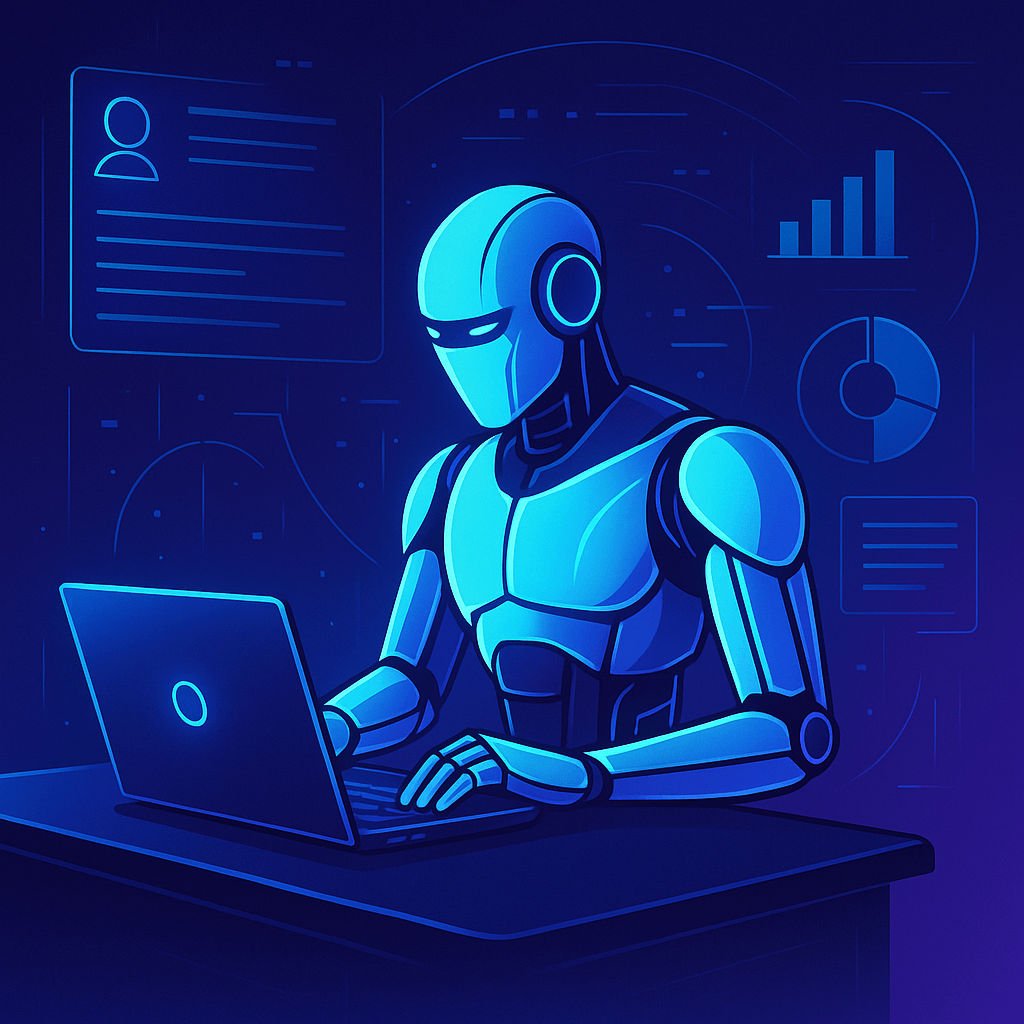Philippe Vidal-Dumas, Ellipse Animation, animation director, Garfield and Cie, Boule et Bill, Valérian & Laureline, Léonard, Belfort et Lupin, animation legacy
---
## Introduction
The world of animation has lost a significant figure with the passing of Philippe Vidal-Dumas at the age of 59. Known for his remarkable contributions to the animation industry, Vidal-Dumas's legacy will be remembered through the beloved characters and stories he brought to life. As the studio Ellipse Animation anno...
---
## Introduction
The world of animation has lost a significant figure with the passing of Philippe Vidal-Dumas at the age of 59. Known for his remarkable contributions to the animation industry, Vidal-Dumas's legacy will be remembered through the beloved characters and stories he brought to life. As the studio Ellipse Animation anno...
Philippe Vidal-Dumas, Ellipse Animation, animation director, Garfield and Cie, Boule et Bill, Valérian & Laureline, Léonard, Belfort et Lupin, animation legacy
---
## Introduction
The world of animation has lost a significant figure with the passing of Philippe Vidal-Dumas at the age of 59. Known for his remarkable contributions to the animation industry, Vidal-Dumas's legacy will be remembered through the beloved characters and stories he brought to life. As the studio Ellipse Animation anno...
·217 Lectures
·0 Avis





